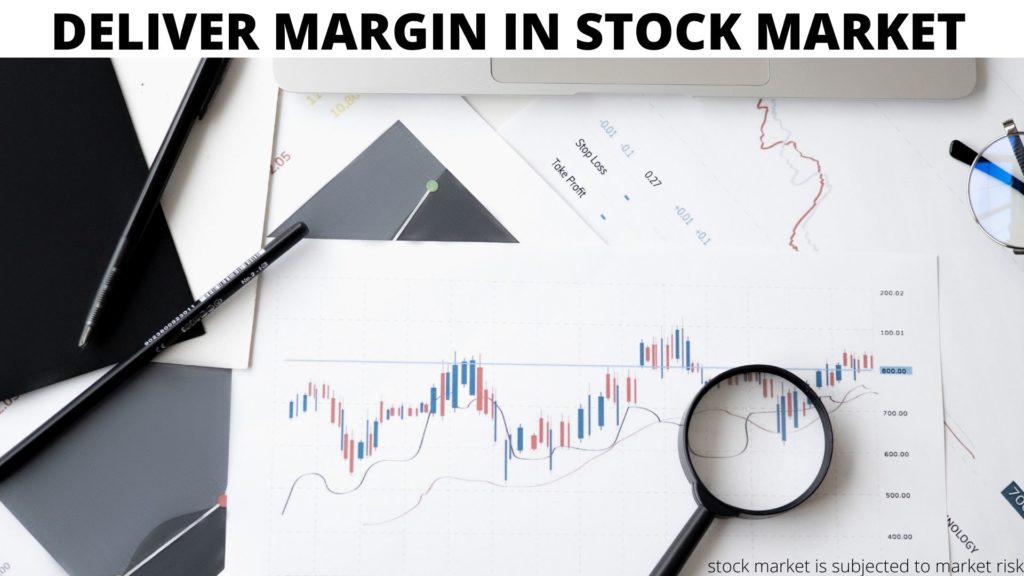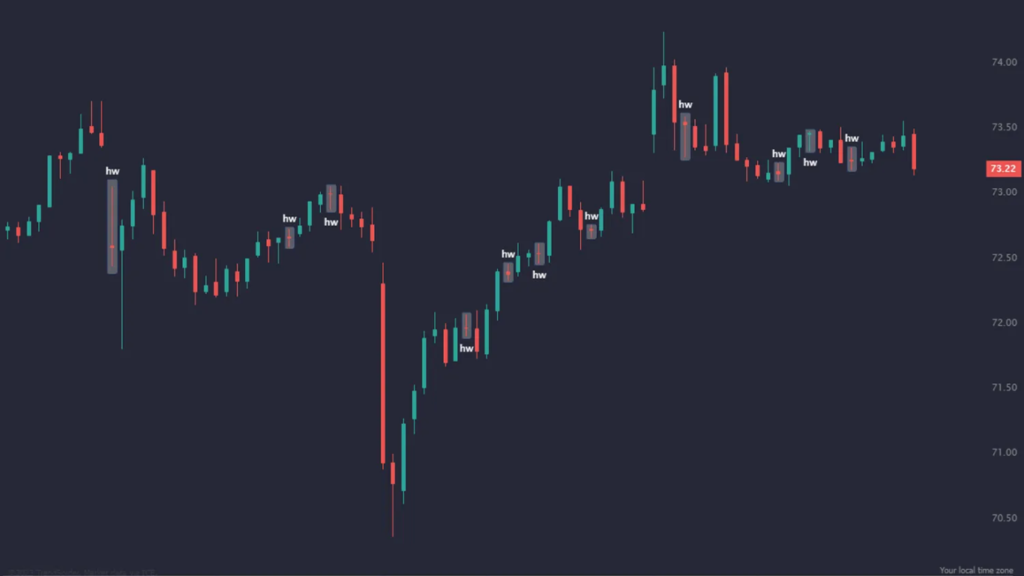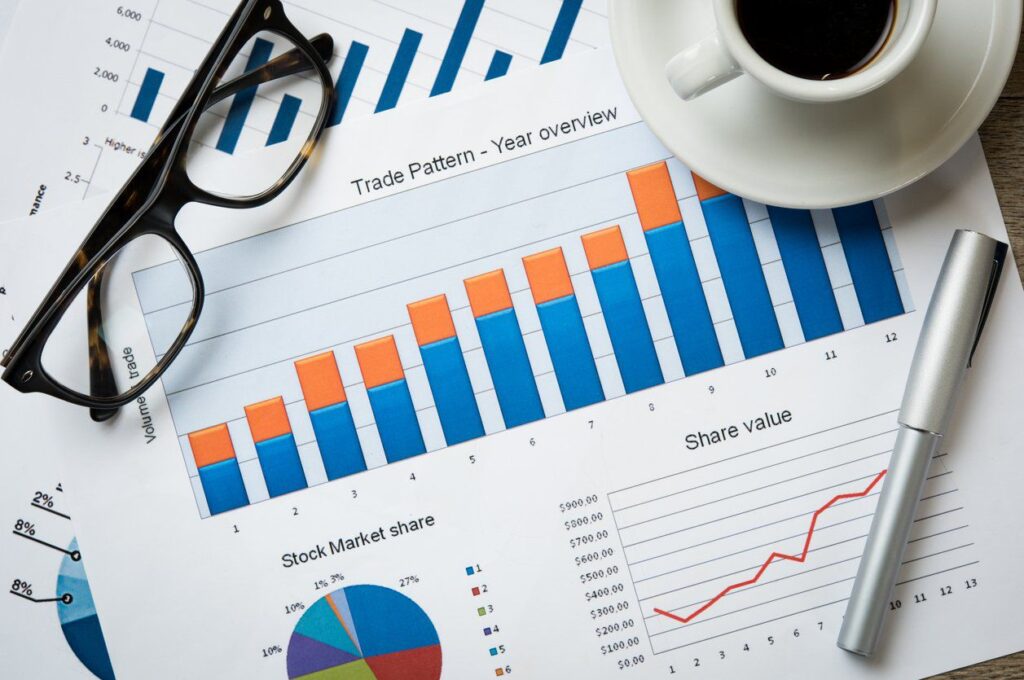In the Indian stock market, delivery margin plays a pivotal role, especially for those who engage in delivery trading. This margin acts as a financial buffer that ensures both the investor and the broker are safeguarded during the transaction. Understanding delivery margin is crucial for anyone looking to make informed investment decisions. This comprehensive guide covers everything you need to know about delivery margin, including its meaning, importance, and how it works.
Delivery Margin Meaning
Delivery margin refers to the initial deposit or collateral that an investor must provide to the broker when purchasing shares in the stock market with the intention of taking delivery of those shares. This margin serves as a security measure, ensuring that the investor has sufficient funds to complete the purchase by the settlement date.

Basic Information about Delivery Trading
- What is Delivery Trading?
Delivery trading involves buying shares and holding them in a Demat account for an extended period, rather than selling them on the same day. This type of trading is ideal for investors looking for long-term gains.
- Key Characteristics of Delivery Trading:
- Ownership: When you buy shares through delivery trading, you become the owner of those shares. You can hold them indefinitely or sell them whenever you see fit.
- No Leverage: Unlike margin trading, delivery trading does not involve borrowing funds from the broker. You must have the full amount required to purchase the shares.
- Ownership: When you buy shares through delivery trading, you become the owner of those shares. You can hold them indefinitely or sell them whenever you see fit.

Important Details of Margin Trading
- What is Margin Trading?
Margin trading allows investors to buy more shares than they could otherwise afford by borrowing money from the broker. This borrowed amount is typically secured against the investor’s current portfolio or the shares being purchased. Difference Between Margin and Delivery Trading:
- Leverage: Margin trading involves leveraging borrowed funds, increasing both potential returns and risks.
- Risk Level: Delivery trading is less risky compared to margin trading because it doesn’t involve borrowing and the associated interest costs.
- Leverage: Margin trading involves leveraging borrowed funds, increasing both potential returns and risks.

Importance of It
- Risk Mitigation: Delivery Trading helps brokers manage the risk of defaults. By ensuring that the investor has deposited sufficient funds, brokers can reduce the risk of financial loss if the investor fails to settle the trade.
- Financial Discipline: For investors, the requirement to maintain a delivery margin promotes financial discipline, ensuring they are prepared to meet their obligations.
- Market Stability: By requiring a delivery margin, the stock market ensures greater stability, reducing the likelihood of sudden market disruptions due to defaults.

Example of Delivery Trading
Suppose an investor named Priya decides to purchase 200 shares of a company, each priced at ₹500. The total transaction value would be ₹1,00,000. If the broker’s delivery margin requirement is 20%, Priya would need to deposit ₹20,000 with the broker to execute the trade. She must then pay the remaining ₹80,000 by the settlement date to take delivery of the shares.
How Delivery Trading Works
- Selecting Shares: The investor selects the shares they want to purchase and informs the broker.
- Margin Calculation: The broker calculates the delivery margin based on the total value of the transaction.
- Payment of Margin: The investor deposits the calculated margin with the broker.
- Trade Execution: The broker executes the trade, and the shares are credited to the investor’s Demat account.
- Settlement: The investor settles the remaining amount by the settlement date to complete the transaction.

Benefits of Delivery Trading
- Long-Term Investment: Delivery trading is ideal for investors who prefer a long-term investment strategy. It allows them to take ownership of shares and benefit from potential price appreciation over time.
- No Daily Monitoring Required: Unlike intraday trading, which requires constant monitoring, delivery trading is less time-sensitive
- Ownership Benefits: Investors who take delivery of shares can enjoy benefits such as dividends, bonuses, and voting rights.

Types of Delivery Margin
- Initial Margin: This is the first deposit that an investor must make when placing an order. It is calculated as a percentage of the total transaction value.
- Maintenance Margin: This is the minimum balance that an investor must maintain in their trading account to keep the position open.
- Variation Margin: If the value of the purchased shares fluctuates significantly, the broker may require additional funds to maintain the position, known as the variation margin.

Difference Between Margin and Delivery Trading
Capital Requirement:
- Margin Trading: Using leverage Allows higher purchasing power with less capital.
- Delivery Trading: Requires the investor to have the full amount of the required delivery margin upfront.
Risk:
- Margin Trading: Involves higher risk due to the potential for significant losses if the market moves against the leveraged position.
- Delivery Trading: Involves lower risk since it doesn’t rely on borrowed funds.
Time Horizon:
- Margin Trading: Typically used for short-term strategies.
- Delivery Trading: Best suited for long-term investments.

Share Prices
- Impact of Market Movements: Share prices can be highly volatile, which directly affects the delivery margin requirements. If share prices drop, the investor may need to deposit additional funds to maintain the position.
- Price Sensitivity: Stocks that are highly sensitive to market news or events may require a higher delivery margin as brokers seek to mitigate the risk of significant price swings.
Volume of Shares
- Influence on Liquidity: The trading volume of a stock can impact its liquidity. Stocks with higher volumes are generally more liquid, reducing the risk for brokers and potentially lowering the required delivery margin.
- Effect on Margin Requirements: Low trading volumes can lead to higher margin requirements as brokers account for the increased risk of illiquid stocks.

Factors Affecting Delivery Trading
- Market Volatility: Higher volatility increases the risk of price fluctuations, leading to higher margin requirements.
- Broker Policies: Each broker may have different margin requirements based on their risk assessment.
- Regulatory Requirements: Regulatory bodies like SEBI may impose minimum margin requirements to ensure market stability.
- Economic Indicators: Factors such as interest rates, inflation, and GDP growth can affect market conditions, influencing margin requirements.

Tips for Managing Delivery Margin
- Maintain Sufficient Funds: Always ensure that your trading account has sufficient funds to cover the delivery margin, especially during volatile market conditions.
Choose Stocks Wisely: Opt for stocks with stable prices and high liquidity to minimize the risk of margin calls.
Monitor Market Conditions: Keep an eye on market trends and economic indicators that could affect your margin requirements.
- Regularly Review Your Portfolio: Regularly assess your portfolio to ensure that you are not over-leveraged and that your investments align with your financial goals.

How to Calculate Physical Delivery Margin?
To calculate the physical delivery margin:
- Determine the Total Transaction Value: Multiply the number of shares by the price per share.
- Check Broker’s Margin Requirement: Obtain the margin percentage from your broker.
- Calculate the Margin: Multiply the total transaction value by the margin percentage.
Example: If you plan to purchase shares worth ₹2,00,000 and the broker’s margin requirement is 15%, your delivery margin would be ₹30,000 (15% of ₹2,00,000).

What Happens if the Delivery Margin is Not Fulfilled?
- Trade Cancellation: The broker may cancel the trade if the required margin is not deposited.
- Penalty Charges: Investors may face penalties for failing to meet the margin requirements.
- Forced Liquidation: The broker may liquidate some or all of the investor’s holdings to recover the outstanding amount if the margin is not fulfilled.
- Loss of Opportunity: Failing to meet the margin requirements can result in missed opportunities to invest in potentially profitable trades.

Risks Associated with Delivery Trading
- Market Risk: If the market moves against your position, the value of your shares may decline, leading to potential losses.
- Margin Call Risk: In the event of a significant drop in share prices, the broker may issue a margin call, requiring you to deposit additional funds to maintain your position.
- Liquidity Risk: Low liquidity stocks can be challenging to sell quickly, increasing the risk of losses during adverse market conditions.
- Credit Risk: If you fail to meet the margin call, the broker may sell your holdings at a loss, negatively impacting your portfolio.

Eligibility for Delivery Trading
- KYC Compliance: Investors must complete the KYC (Know Your Customer) process to be eligible for trading in the Indian stock market.
- Sufficient Capital: Investors must have adequate funds to cover the delivery margin.
- Broker’s Approval: Brokers may assess an investor’s financial profile and trading history before approving them for margin trading.
Benefits of Using Delivery Trading
- Enhanced Purchasing Power: Delivery Trading allows investors to buy more shares than they could with their available capital, enabling them to build a more substantial portfolio.
- Potential for Higher Returns: By leveraging their capital, investors can potentially achieve higher returns on their investments.
- Flexibility in Investment: Investors can take advantage of market opportunities without needing to have the full amount available upfront.

Potential Drawbacks of Delivery Trading
- Increased Risk of Losses: Leveraging through delivery margin can amplify losses if the market moves against your position.
- Margin Calls: Investors may be required to deposit additional funds if the value of their holdings declines, leading to potential financial strain.
- Interest Costs: Some brokers may charge interest on the margin amount, which can reduce overall profitability.
- Complexity: Managing delivery margin requires a good understanding of the stock market and the ability to make quick decisions in response to market movements.

Tips for Using It Wisely
- Assess Your Risk Tolerance: Understand your risk tolerance before engaging in delivery trading. Avoid over-leveraging your positions.
- Diversify Your Investments: Diversifying your portfolio across different sectors and asset classes can help mitigate risks associated with delivery trading.
- Stay Informed: Continuously monitor market conditions and stay updated with economic news to make informed decisions.
- Set Stop-Loss Orders: Setting stop-loss orders can help you manage potential losses by automatically selling your holdings if prices fall below a certain level.
- Regularly Review Your Portfolio: Periodically review your portfolio to ensure that your investment strategy aligns with your financial goals and risk tolerance.

Conclusion
Delivery margin is a critical aspect of trading in the Indian stock market, particularly for investors who engage in delivery trading. By understanding the meaning and importance of delivery margin, how it works, and the associated risks and benefits, investors can make more informed decisions. The Millionaires Group encourages investors to use delivery margin wisely, taking into account their financial goals, risk tolerance, and market conditions to maximize their investment potential.
FOR A FREE STOCK MARKET SEMINAR VISIT HERE
CALLS @ 9986622277
Disclaimer
The information provided here is for general informational purposes only and should not be construed as financial advice. Investing in the stock market involves inherent risks, and there is no guarantee of profits or protection against losses. Before making any investment decisions, it is essential to conduct thorough research and seek advice from a qualified financial advisor or professional.
